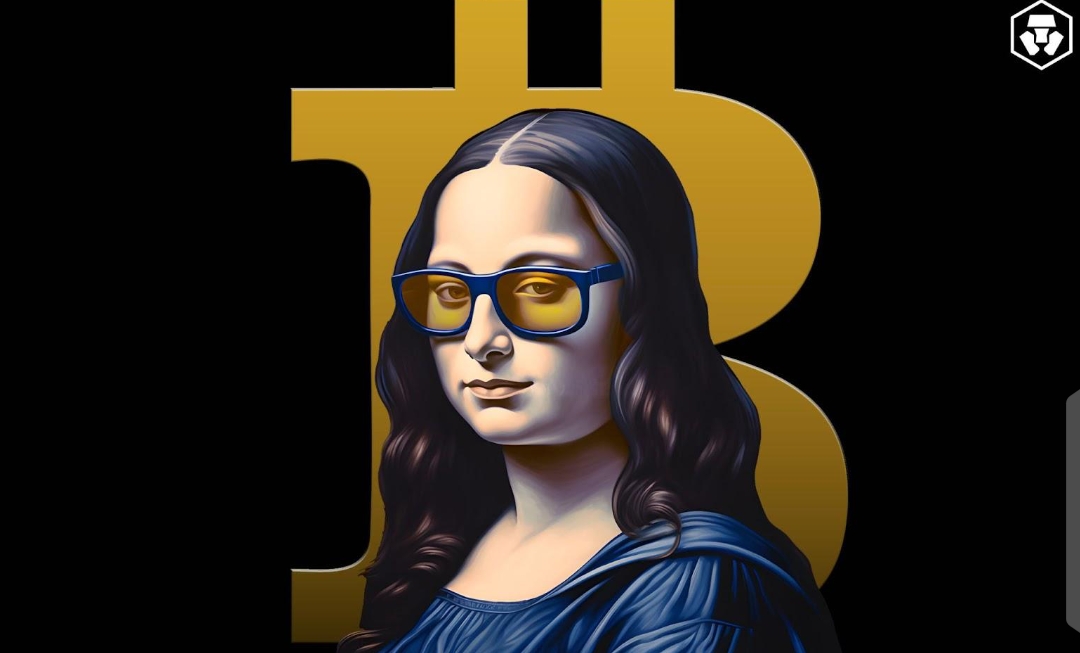
The world of digital artwork has long passed via large changes in modern-day years, pushed through technological improvements and evolving cultural tendencies. These changes have not quality inspired how art is created and consumed but have moreover prolonged the opportunities for artists and fans alike. In this text, we discover 4 key tendencies that have normalized the panorama of virtual paintings.
The Rise of NFTs and Digital Art Ownership
Non-fungible tokens changed the “dimensions” of virtual ownership, growing new avenues for artists to monetize their artwork. NFTs are unique digital properties that can be established using blockchain technology, ensuring authenticity and provenance. This innovation has allowed digital artists to sell their paintings immediately to creditors, regularly fetching high prices.
The NFT growth has democratized access to painting markets, enabling artists who may not have had traditional gallery illustrations to obtain global audiences. However, it has additionally sparked debates about environmental impact because of the energy-intensive nature of blockchain generation and worries about the speculative nature of the market. Nonetheless, NFTs have truly changed the perception and price of virtual artwork, making it a likely and worthwhile career course for lots.
Advancements in Digital Art Tools and Software
The improvement of virtual painting equipment and software program software has been pivotal in shaping the creative tactics of artists. High-superb drawing pills, styluses, and powerful software programs like Adobe Photoshop, Corel Painter, and Procreate have ended up more reachable, providing artists with an expansive toolkit to maintain their visions to existence. These gear provide functions like customizable brushes, layers, and advanced enhancing abilities that traditional mediums can not in form.
Moreover, software application updates and new machines are constantly pushing the limits of what is viable in digital artwork. For example, three-D modeling applications like Blender have received a reputation for allowing artists to create complex and sensible three-dimensional creative endeavors. The integration of digital fact (VR) and augmented truth (AR) into paintings has additionally opened new dimensions for immersive research, and hard conventional notions of what paintings can be.
The Evolution of Picture Editing and the Impact of AI and Online Tools
One of the most transformative adjustments in the virtual art landscape has been the evolution of photograph enhancement, drastically stimulated via the usage of upgrades in artificial intelligence (AI) and the proliferation of online equipment. AI-powered improving software software can now carry out complicated duties such as history removal, shade correction, and even style transfer with amazing pace and accuracy. This has democratized the artwork of enhancing, making it accessible to all of us with an internet connection.
Online picture editing equipment like Adobe Express online picture editor has simplified the editing process, supplying high-quality interfaces and a massive sort of templates and presets. These systems allow customers to beautify pictures without the want for giant technical understanding, empowering beginner artists and creators to provide professional artwork. AI algorithms can also generate paintings primarily based on text turns or facts gadgets, increasing creative opportunities and provoking new types of digital expression.
However, the rise of AI in artwork has sparked conversations about originality and the characteristics of the artist. While AI can reflect styles and generate new works, the human touch and progressive purpose stay irreplaceable factors within the inventive tool. The task lies in finding a balance between utilizing AI as a device and maintaining the authenticity of human creativity.
The Growth of Online Art Communities and Platforms
The digital age has fostered the boom of online painting groups and structures, presenting artists with amazing opportunities for collaboration, networking, and publicity. Websites like DeviantArt, ArtStation, and Behance have turned out to be important hubs wherein artists can showcase their portfolios, connect to peers, and get maintenance feedback. These systems have also facilitated the discovery of recent abilities, allowing curators, creditors, and artwork fanatics to explore a severe shape of patterns and mediums.
Social media platforms like Instagram and TikTok have in addition amplified the advantage of digital artists, permitting them to build private manufacturers and interact straight away with their target audience. The nature of these systems makes them excellent for sharing works of art, time-lapse movies, and the returned-of-the-scenes glimpses into the innovative technique. This direct interplay has helped artists cultivate dedicated followings or maybe constant commissions and collaborations.
In conclusion, the sector of virtual paintings has seen incredible modifications in modern years, driven by way of technological upgrades and shifts in cultural dynamics. From the upward thrust of NFTs and AI-powered enhancing systems to the increase of online art groups, those traits have reshaped how artwork is created, shared, and valued. As digital artwork continues to conform, it ensures to offer even more exciting opportunities for artists and audiences alike.

